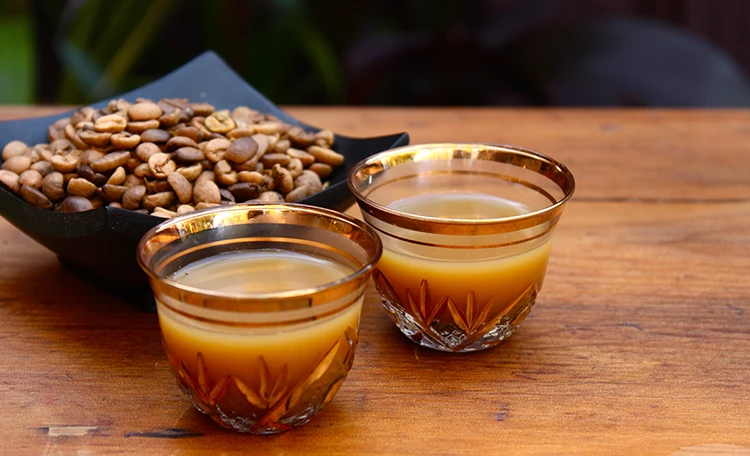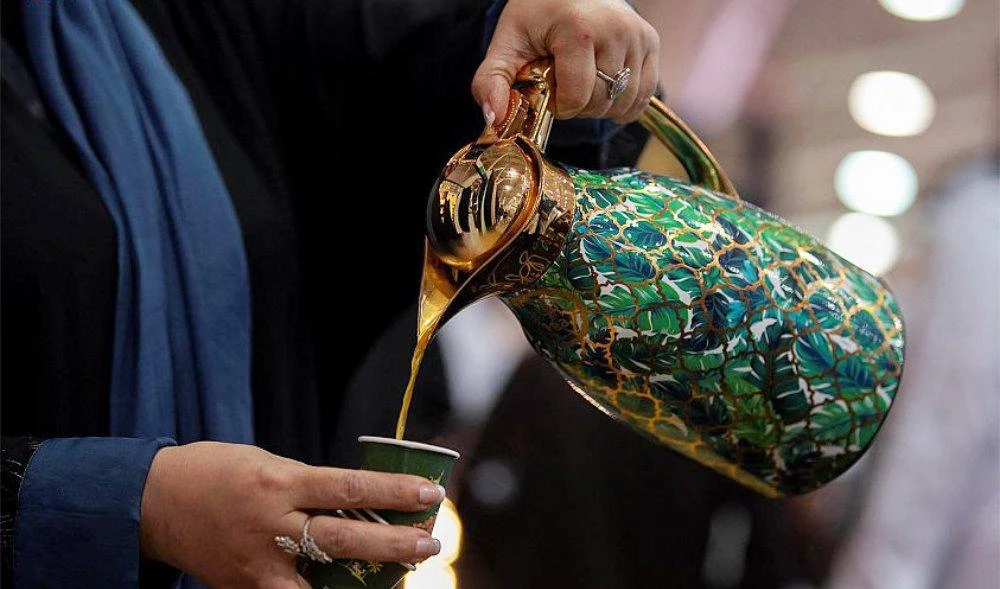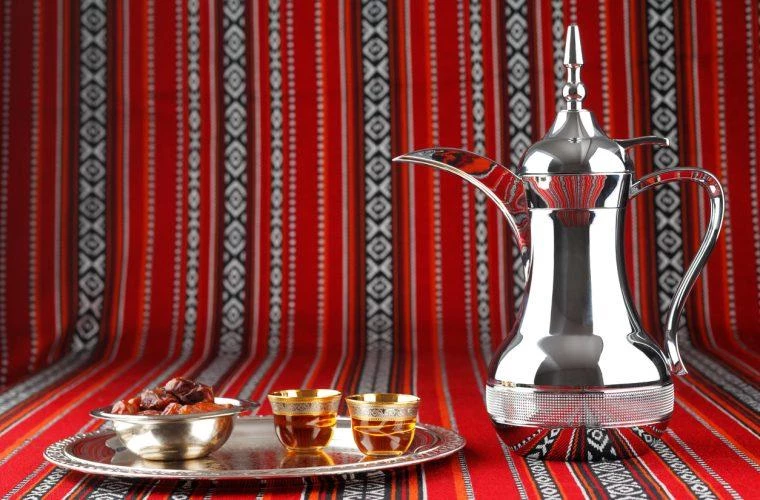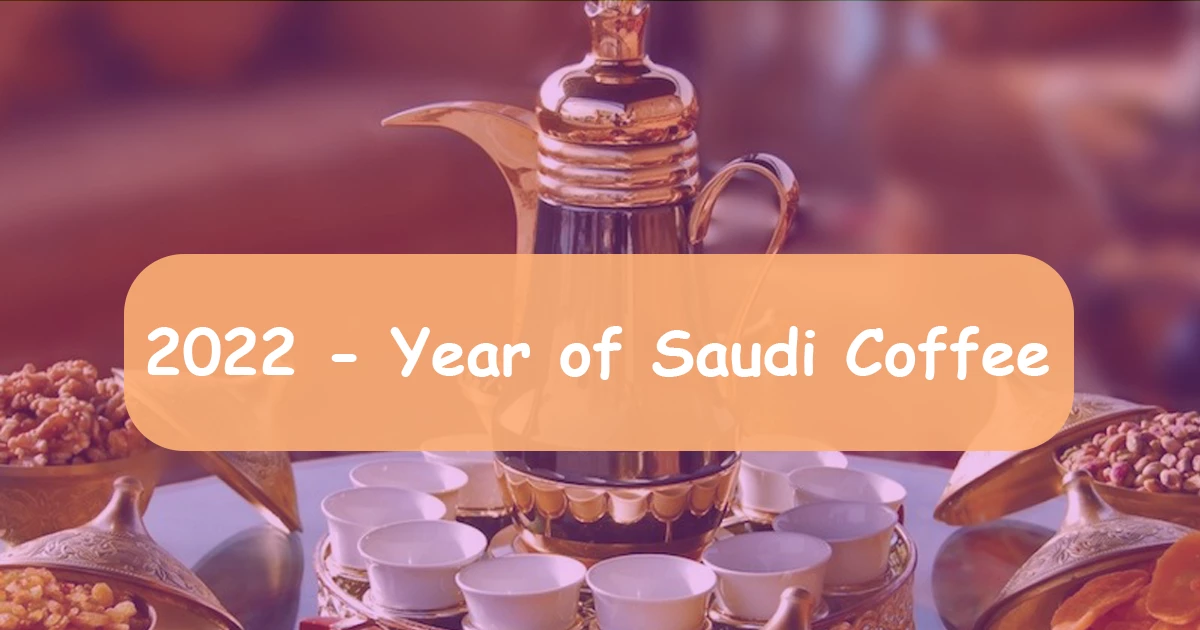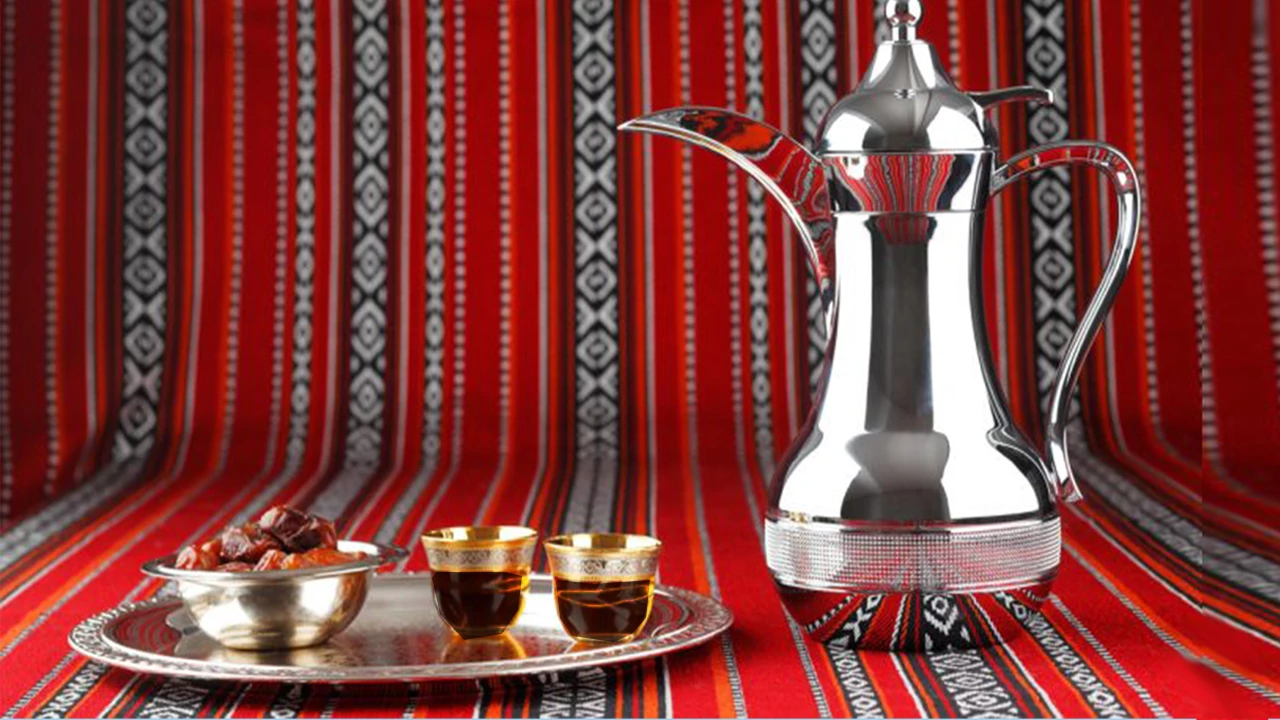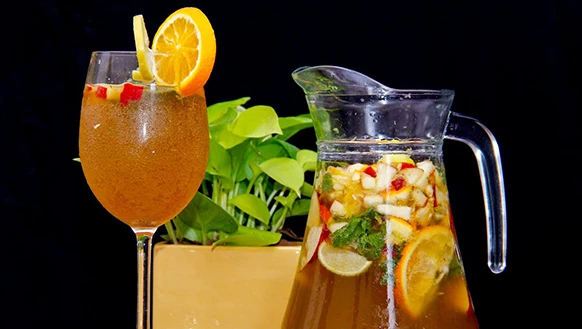The unique taste and preparation methods of Saudi coffee
In Arab countries, where alcohol consumption is low and even banned in some regions, tea and coffee have become the favorite drinks. In Saudi Arabia, serving coffee is an important ritual via which the host could show hospitality to the guests. But the way to prepare Arabic coffee is not the same in Arab nations as each country has its own recipe and method. Let’s take a closer look at Saudi coffee to see how it differentiates itself from regional types.
Uniqueness in appearance and taste
Saudi coffee has a lighter color as it is lightly roasted, giving it more caffeine.
Saudi coffee is the official name of Arabic coffee in Saudi Arabia. This coffee is made of Arabica beans, containing more sugar and lipid but less caffeine than Robusta beans. For Saudi coffee, Arabica beans are roasted a little lighter. Therefore, the drink color is lighter pale gray or brown.
Lighter roasted coffee traditionally means more caffeine. That’s the reason why the Saudi Arabians served their coffee in a small cup instead of a big one. Moreover, they usually brew the coffee with spices like cinnamon, saffron, cardamom or cloves so that the final drink is rich in taste.
Uniqueness in preparation methods
The Saudi Arabians use ‘dallah’ to make and serve their coffee.
The Saudi Arabians use fresh coffee beans to roast and ground to make the drink. One special coffee pot, named ‘dallah’, is used to keep it. Water and ground coffee are boiled in the dallah for at least 10 minutes. Then users are free to add spices into the mixture and keep boiling them a few minutes more to enhance the flavor of the drink.
The dallah has a unique design with a big body and a small mouth, which enables it to pour the coffee slowly into a small cup without spreading out. The dallah is usually gilded like an object from a royal family. The dallah has no strainer so we will have an unfiltered hot coffee as a Saudi style.
Saudi coffee is served with something sweet to balance its bitter flavor.
Sugar and milk are not added to the coffee. The Saudi Arabians usually have their coffee with nuts, dates or candied fruit instead to balance the bitter flavor.
In Saudi Arabia, there is a room called ‘majlis’, equipped with sofas or floor cushions for meeting or gathering. Most houses and offices have their own majlis. Coffee is served in this special room. Inviting guests to have coffee in the majlis represents the host’s hospitality and generosity.
Saudi coffee and majlis were inscribed on the List of the Intangible Cultural Heritage of Humanity by UNESCO in 2015. For visitors of Saudi Arabia, Saudi coffee with its unique features should be high on the list.
Should you have any questions or request a quotation of Rang Dong products, please send us an email to: export@rangdong.com.vn.
Websites: en.rangdong.com.vn and vacuumflask.rangdong.com.vn.

